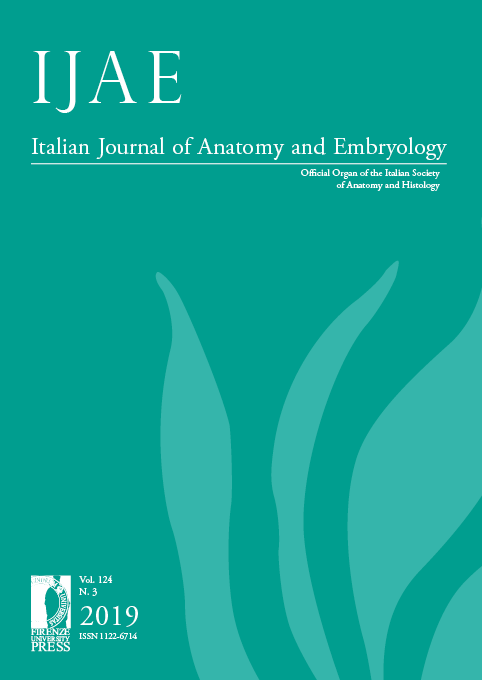Morphological Analysis of Palmaris Longus Muscle And Its Anatomic Variations: A Cadaveric Study In North India
Published 2020-05-20
Keywords
- Palmaris longus,
- Carpal tunnel syndrome,
- Absent,
- Vestigial,
- Reversed
- Accessory ...More
How to Cite
Abstract
Palmaris longus is classified as a phylogenetically retrogressive muscle having a short belly with a long tendon. It varies in the incidence of its absence, form, attachment, duplication and its ability of having accessory slips and substitute structures. The muscle is of interest to hand surgeons because a number of cases have been reported with complaints of a volar distal forearm swelling and median nerve compression symptoms. Therefore, the present study was performed with the purpose to determine the morphology and the variations of PL in North Indian population. Material for the present study consisted of 62 limbs(20 Male and 11 Female) which were made available through a series of dissections performed for first year medical students at SGRDIMSAR, Amritsar, Punjab. The morphology and variations of PL and its relation with neighbouring structures were noted. The data thus collected was stored and compared to other studies. Of 62 limbs dissected 55(88.70%) showed normal morphology of palmaris longus muscle as per the standard textbook. 5 limbs(8.06%) showed complete agenesis. 1(1.61%) limb exhibited a fleshy fusiform PLM. A Reversed palmaris longus muscle(RPLM) along with accessory PL(1.61%) was observed in the same limb. Variations of the PL tendon may even confuse an experienced surgeon. Thus, it is important for the reconstructive surgeons or radiologists to be aware of the possibility of variations and its impact on the structures present at the wrist area especially one that might contribute to median or ulnar nerve compression.


